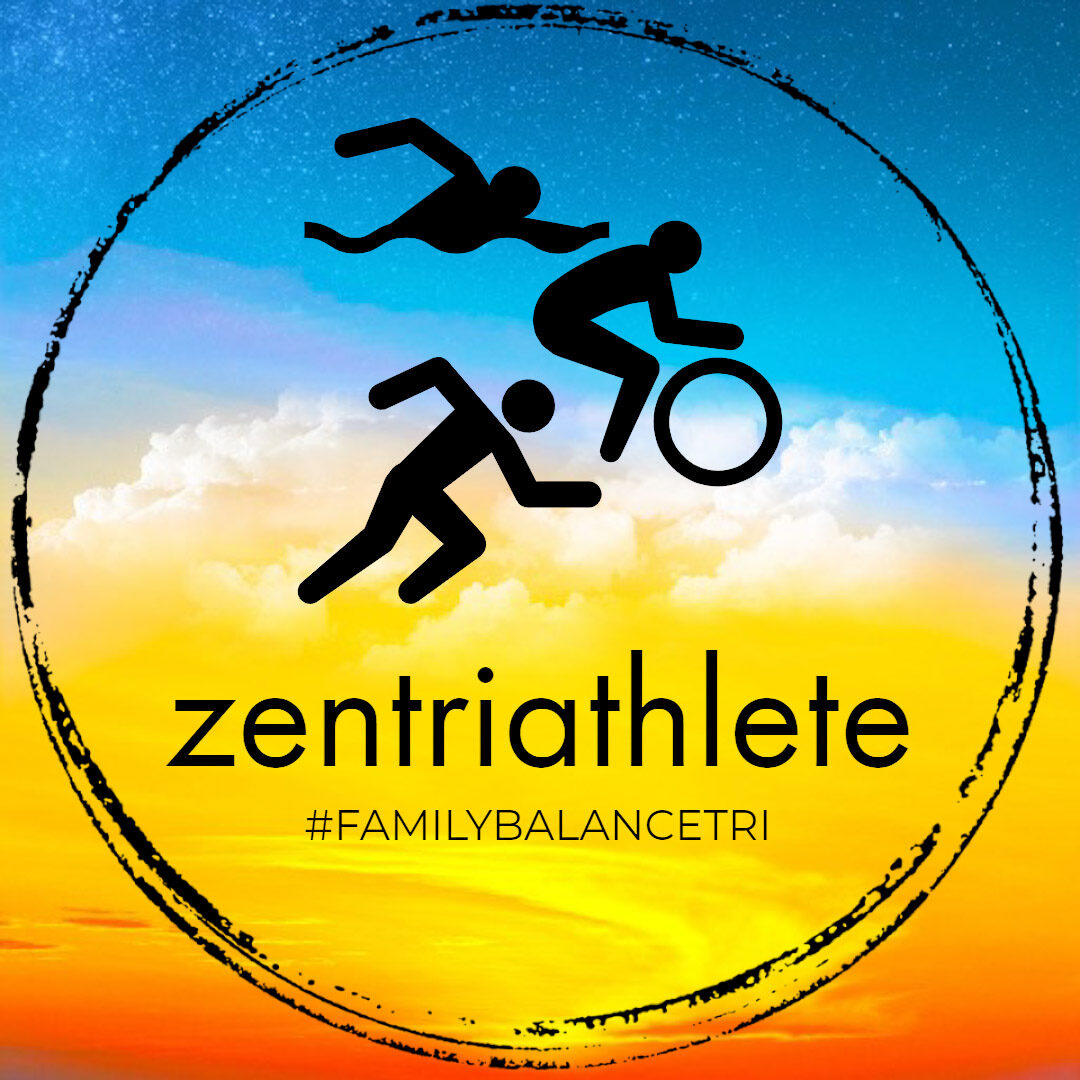Some contextual background
Back in 1994 - sitting in the Missionary Training Center in Provo, Utah was a hard space! I had just recently determined I would do this 2 year thing and I was directed and chosen to go to Paris France. As we got to know the group of 11 or so of us, and we were going through the music interests we were leaving behind - I came to realize I was a bit unique. My list included some of the follow more obscure to many in the group but a there was one guy - JH and we were re-united briefly in St George at a 70.3 Ironman event.
We were all trying to figure out our paths. And music often told a wee bit about folks. Dead Can Dance and the ominous noise that Lisa Gerrard created was so amazing! At any rate, when I came across Faun a few years ago now, this song just resonated.
A little bit about Umay
Umayis the goddess of fertility of tengrism. An ancient religion practiced by the Turkic, Altaic and Mongolic people of the Eurasian Steppes. Tengrism was characterized by animism. The belief that all objects and creatures have a spiritual essence. Animals, plants, even rocks and rivers were regarded as living beings and treated with great respect. A belief and a behavior to thich we urgently need to return to our modern world.
Link to wikipedia resource here: https://en.wikipedia.org/wiki/Umay#
Key aspects of Umay:
- Goddess of Fertility: Umay is closely linked to motherhood, fertility, and the well-being of children.
- Protector of Women and Children: She is believed to safeguard women and their offspring, ensuring their health and well-being.
- Associated with the Sun: Due to her connection to fertility and the sun's energy, she is sometimes referred to as Sarı Kız (Yellow Maiden).
- Symbol of Golden Tresses: Umay is often depicted with sixty golden tresses, symbolizing the sun's rays.
- Not Visible to Common People: She lives in heaven and is not directly visible to humans.
- Caregiver of Newborn Souls: Umay is responsible for the souls of babies-to-be-born and their protection.
- Connection to Khakas Culture: The Khakas people place particular emphasis on Umay.


